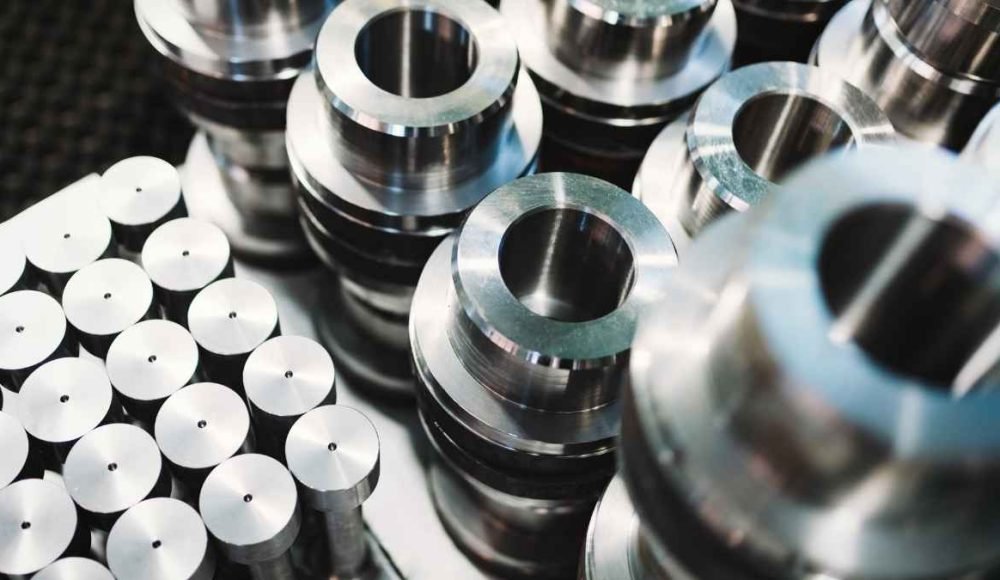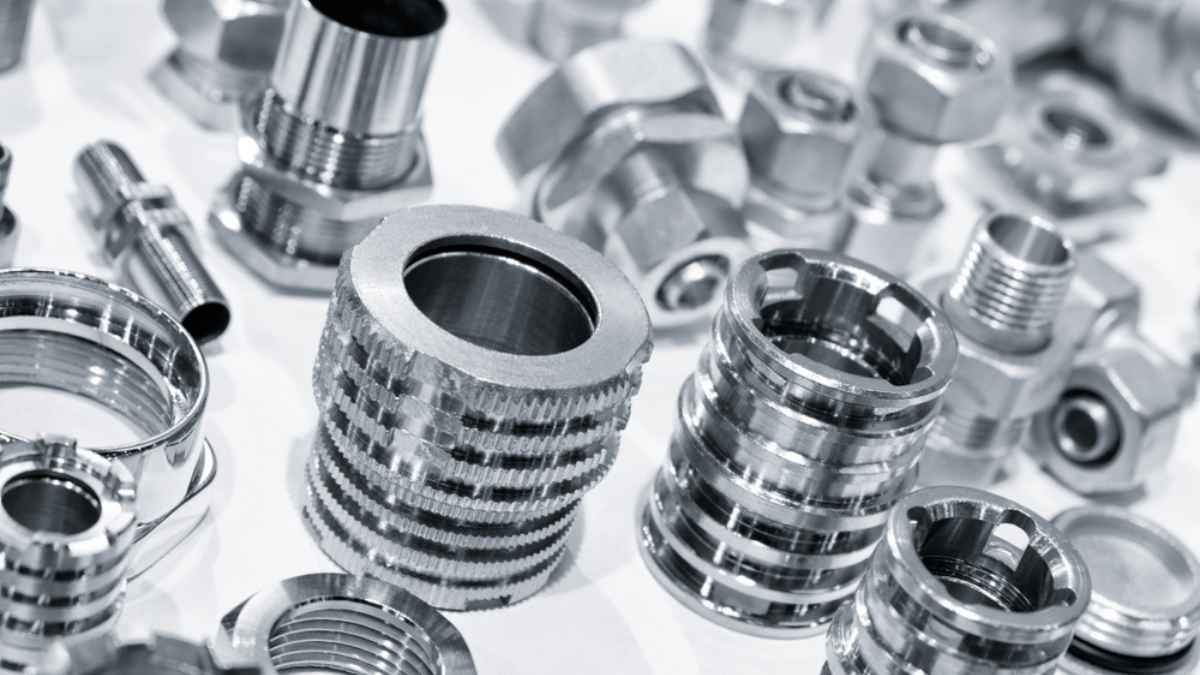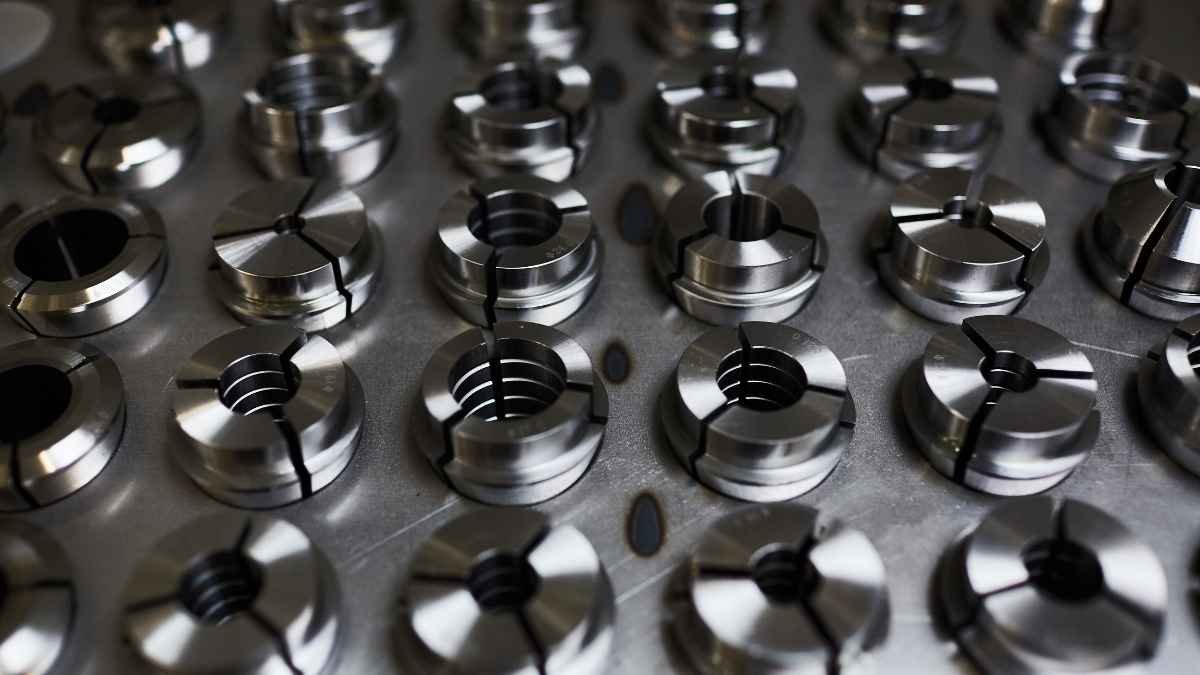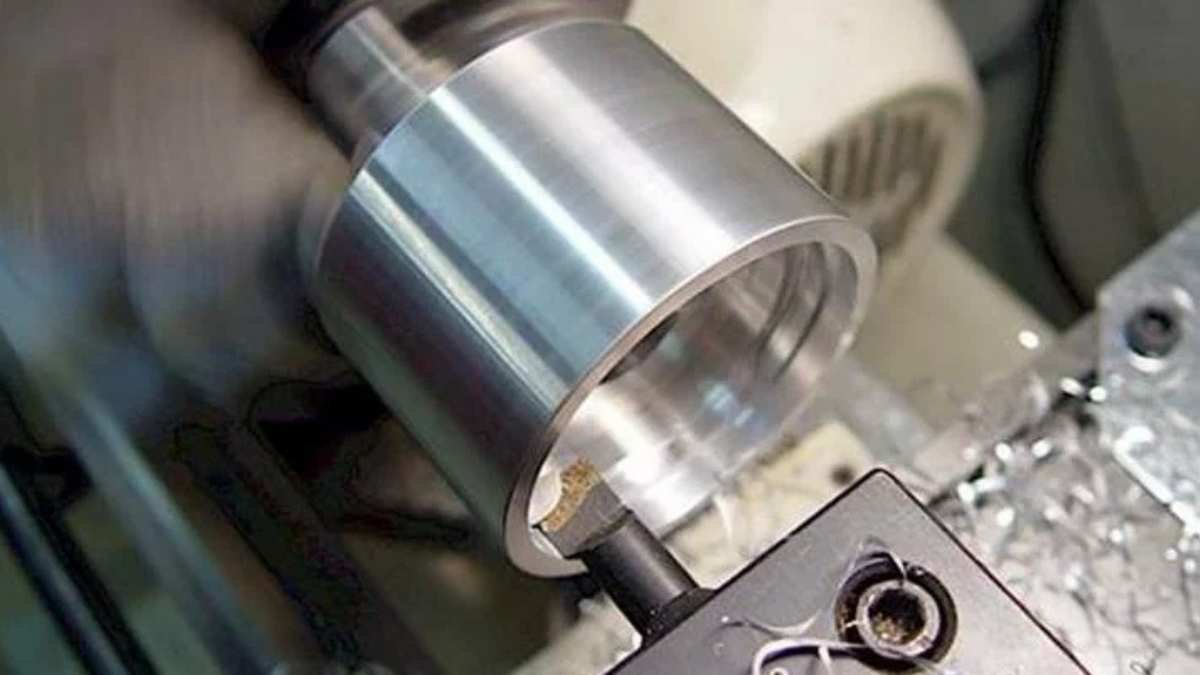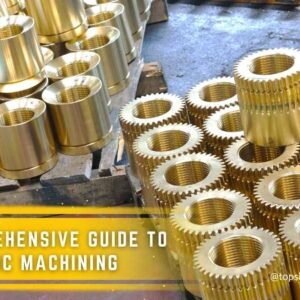Steel CNC Machining is a detailed process of manufacturing intricate steel parts optimal for different sectors. With the help of advanced CNC machines, manufacturers perform many operations like shaping, cutting, and finishing steel components up to the highest accuracy level. The method is relatively cost-effective since it enables fast production, has less incidence of error, and provides uniformity.
This article aims to give an insight into steel CNC machining including its operation, advantages, uses, and more.
What is CNC Machining Steel?
CNC machining steel is an imperative manufacturing technique that involves the use of computer-driven machines to form, cut, and put the finishing touches on steel parts. Steel is among the flexible materials of varying strength typically used widely in the automotive, aerospace, construction, and machinery industries.
The process begins by inputting a virtual CAD design into the machine software. The CAD/CAM software controls the movement of the CNC machine, and instruments like mills, lathes, drills, etc., to perform operations like cutting, drilling, turning, and grinding of steel components. CNC machining helps make tightly toleranced and complicated shapes because, it can deliver high precision and high quality, period after period.
Cutting steel can be a herculean task. Since it’s relatively a hard material and takes so much force. Therefore, it requires special tools and cutting methods. To overcome these challenges, CNC machines are optically set up because of the high cutting speed, accuracy in results, and capacity to portray complex geometries. CNC machining effectively accommodates carbon steel, stainless steel, or alloy steel, and offers good surface qualities and strength.
Steel Alloys Optimal For CNC Machining
Typical steel grades used in CNC machining include:
1. Carbon Steel
For large amounts, carbon steel is serviceable and ideal for CNC machining among many steel types. It is mainly classified based on its carbon content:
- Low Carbon Steel: Contains up to 0.3% carbon. It offers good machinability and is used to produce parts that do not require the strength or hardness of steel.
- Medium Carbon Steel: Contains 0.3% to 0.6% carbon. It is stronger than low-carbon steel and common applications include items such as gears and shafts.
- High Carbon Steel: Is of higher carbon content than 0.6% carbon content. It’s a little difficult to machine and resistant to wear, but still employed in the production of tools for cutting and industrial components.
2. Stainless Steel
Stainless steel is used frequently because of its good corrosion and mechanical characteristics. Common grades include:
- 304 Stainless Steel:304 is widely known for fairly good corrosion characteristics and it is quite easy to fabricate. Mostly, it is used in food processing products. For instance, in the machinery of processing food products, medical equipment, and kitchen utensils.
- 316 Stainless Steel: 316 has a higher tendency against corrosive effects and is used mostly in marine and chemical industries.
- Grade 420 Stainless Steel: An aggregate of steel characterized by its application in the fabrication of cutting tools and surgical instruments it is both hard and possesses high wear resistance.
3. Alloy Steel
Alloy Steel is made by incorporation of different alloying components like chromium, nickel, or molybdenum. It offers high tensile strength, hardness, and wear resistance. Alloy steel grades include:
- Low Alloy Steel: Contains alloying material less than 5 %. These constituents consist of structures in buildings, vehicles, es, and machines established in industries.
- Medium Alloy Steel: Has a small 5%-10% variation of the composition of the alloying material. Suits making components such as gear, shafts, and axles.
- High Alloy Steel: Has more than 10% of the alloying components. Therefore, it has high wear resistance and toughness. In severe applications where strength is highly required including cutting tools and industrial products.
4. Tool Steel
Tool steel is CNC machined for crafting tools, as well as in the making of dies and molds. They are highly durable and heat tolerant and also exhibit good wear-resistant characteristics. Common grades include:
- Grade D2 Tool Steel: Employed usually due to its higher wear resistance in the formation of dies or punches.
- Grade A2 Tool Steel: Somewhat harder though less ductile or, in other words, less readily made into tools from carbon steel.
- Grade M2 Tool Steel: Good for use on cutting tools since it loses its hardness at high temperatures.
5. Mild Steel
Mild steel has a carbon percentage of up to 0.3%; the same as low-carbon steel. It is relatively easily machined and can be used for a wide range of applications in normal industrial applications where webs and stiffeners, frames, and brackets are needed.
6. High-Speed Steel (HSS)
HSS is a tool steel and does not lose its hardness at high temperatures. It is mostly utilized when drills, taps, or cutting mills are going to be manufactured. In general, HSCo entails high tear resistance at greater speeds than HSS but is extremely tight to the machine.
Pros of Steel CNC Machining
- High Precision: CNC machining offers well-controlled precision to produce steel parts that meet tolerances.
- Versatility: CNC machines can perfectly work with different steels, shapes, and designs.
- Consistency: The technology creates better and consistent quality steel parts making it ideal for delivering consistent results.
- Customization: The designs can be easily modified to suit a particular custom steel parts.
- Strength: The need to produce long-lasting, high-performance parts is well served by steel’s inherent durability.
- Material Variety: CNC machining can accommodate several steel types including carbon steel, alloy steel, and stainless steel.
- Cost-Effective for Mass Production: CNC technology cuts down on the costs of labor when many steel parts are being manufactured at one time.
- Reduced Waste: CNC machining reduces material wastage on steel.
- Complex Geometries: CNC machining forms complex steel components that cannot be machined by conventional methods.
Cons of Steel CNC Machining
- High Initial Cost: CNC machines are capital intensive as they need a huge down payment.
- Machining Difficulties: Hardened steel particularly, can be very difficult to handle using CNC machining technique.
- Tool Wear: Steel can wear the tools quickly resulting in high maintenance expenses.
- Limited to Steel Types: Various grades of steel are more difficult to machine than others.
- Energy Consumption: CNC machines typically take more power when in use.
- Complex Setup: The programming and the CNC machines setup for steel parts take time.
- Limited Flexibility for Small Batches: CNC machining is not economical when manufacturing a small number of steel parts.
Applications of Steel CNC Machining
Steel is predominantly used in many industries since it provides high-quality components, which offer long-lasting and high-quality parts. Here are some key applications:
- Automotive Industry: Steel CNC machining is employed to create engine parts, transmission components as well as structural parts that need high strength and accuracy.
- Aerospace: Steel machining is used where you need to fabricate parts like turbine blades, landing gear, structural frames, and many other components to operate under harsh conditions.
- Medical Devices: Steel is ordinarily applied to machine surgical instruments and implants because of its quality to support medical requirements.
- Construction: Steel machining can effectively produce reinforced steel frames, industrial casters and beams as well as components that must contain high tensile strength.
- Tooling and Molds: Most CNC machining molds, dies, and cutting tools are made from steel because of their high wear resistance and durability.
- Energy Sector: Steel machining is essential in fabricating components commonly used in power plants including turbines, valves, and pump parts. Because these parts undergo pressure and temperature stresses.
Post-Processing Treatments For Better Surfaces on Steels
The final treatment and surface coatings are crucial for characteristic improvements and looks. These finishings add stability, durability, corrosion resistance aspect, and optimal functionality. Here are common options for post-processing and surface finishes on steel parts:
Grinding:
Grinding provides uniformity to the face and smoothes roughness. It applies to manufacturing elements that require a specified degree of size and surface finish.
Polishing:
Polishings brighten the part surface appearance and provide a reflecting film surface. It generally adds value to the structural components in terms of looks, and appearance.
Methods known as annealing, quenching, or tempering are employed to modify the steel properties like hardness, strength, or ductility. These processes allow manufacturers to achieve the required characteristics of typical parts for use in more challenging applications.
Shot Peening:
Shot peening involves exposing the actual steel surface to impact pressure from micro-sized spherical beads.
Coating and Plating:
Steel parts also accommodate galvanizing and chrome coating. These coatings are beneficial for corrosion protection and surface hardness. Besides, these added value of giving an ‘aesthetic’ look.
Powder Coating:
Powder coating serves to create a rust-free, long-wearing enamel normally applied as an unfilled powder.
Anodizing:
Anodizing is possible on a few steel alloys. The process leads to the formation of an oxide layer by increasing its corrosion properties as well as hardness.
Laser Engraving or Etching:
Stainless steel can be laser engraved, and etched to create logos, designs, or even inscribed text on the surface of the material.
Conclusion
Steel CNC machining is a powerful and precise operation to develop high-quality, durable components across multiple industries. From automotive to aerospace, medical devices to manufacturing equipment, steel’s strength makes it indispensable. Besides, it offers various grades like carbon steel, stainless steel, and alloy steel to create complex geometries and achieve tight tolerances with ease.
Besides the benefits, the process has limitations as well. For example, you need a high initial cost and skilled operators, so the benefits such as precision, consistency, and efficiency outweigh these limitations.
In addition, post-processing techniques can optimally improve the steel properties, but somewhat it add additional expenses. Overall, steel CNC machining remains a cornerstone of modern manufacturing, for providing parts for a wide range of applications.

